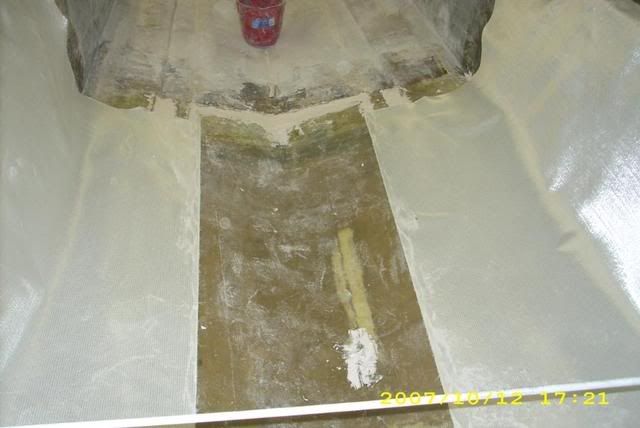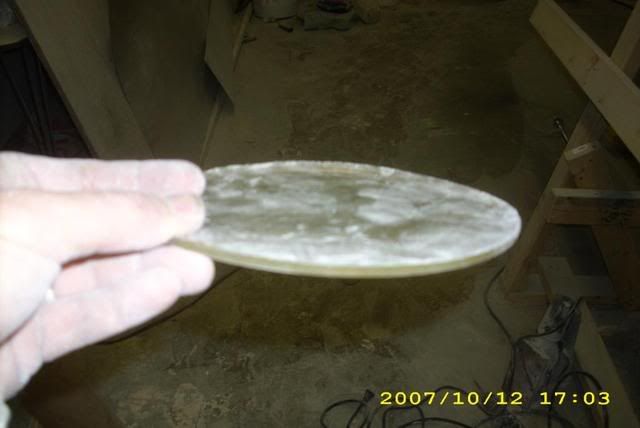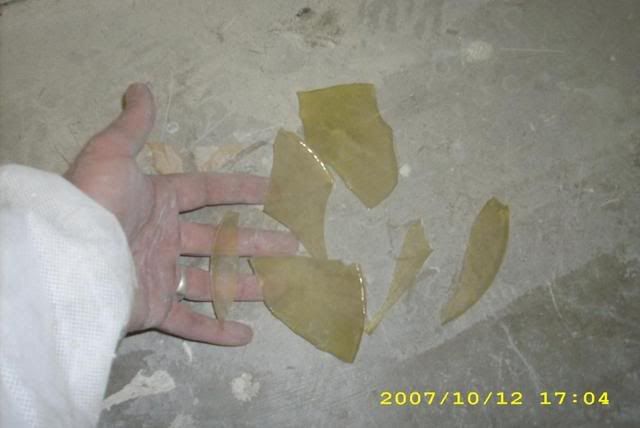oops!
Supreme Mariner
- Joined
- Oct 18, 2007
- Messages
- 12,932
Re: hull extension in progress with picks
Re: hull extension in progress with picks
today was supposed to be a major layup day...but some things got in the way.....i didnt get on the boat till 745 pm....since i did some glassing two days ago....and kicked over a bucket of resin....i had some grinding to do
first i ground out the spilled resin, ......then with the grinder i rough and scuffed the sections to be glassed........ then acetoned them, every things gotta be clean

i wasnt totally happy with the area around the strakes and chines as the fiberglass tended to form air bubbles there.....so it was time to mix up more gype...(peanut butter)
im using glass balloons for beanut butter......remember when mixing...use your breathing mask
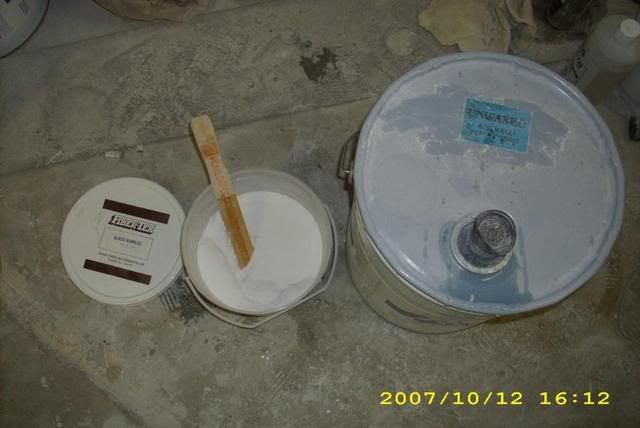
i wanted the peanut butter to be a little thiner so i could actually pour it in the needed areas.

it was mixed to a cosistency of soft ice cream.....uasually its just a bit thicker.....you can thicken it just by adding more glass bubbles
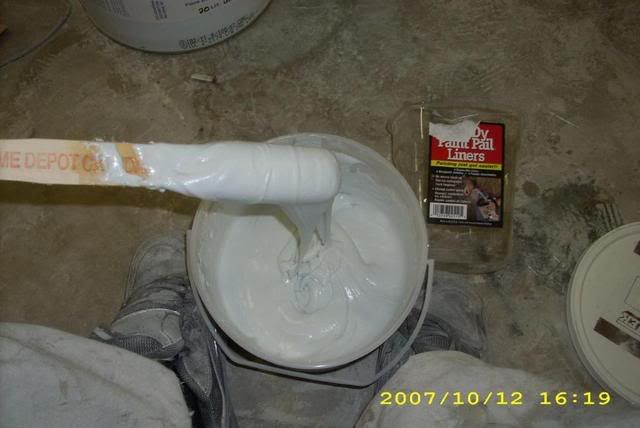
with my trusty bucket i spread the gype.
the mixture was literally poured in the strake areas.
since the mixture is thicker than resin..it doesnt immeadately want to cling to the the area....so you have to press the first bit in so it goes into the scuffs previously made by the grinder. after it grabbed..(not kicked)..it was then screeded (like you screed concrete) to level. and then it naturally flowed flat smooth
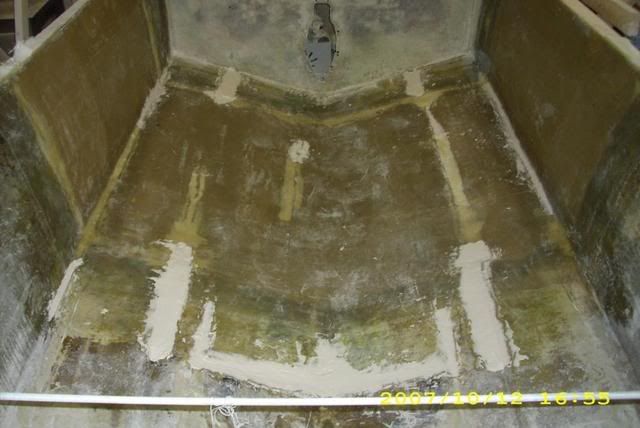
the mixture was literally poured in the strake areas then screeded in...(like you screed concrete.....the top layer then flowed to flat smooth
while i was wating for the gype to kick...i cut the glass for the layup
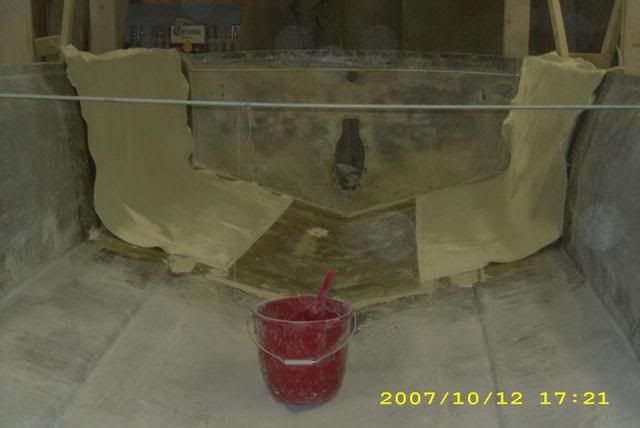
Re: hull extension in progress with picks
today was supposed to be a major layup day...but some things got in the way.....i didnt get on the boat till 745 pm....since i did some glassing two days ago....and kicked over a bucket of resin....i had some grinding to do
first i ground out the spilled resin, ......then with the grinder i rough and scuffed the sections to be glassed........ then acetoned them, every things gotta be clean

i wasnt totally happy with the area around the strakes and chines as the fiberglass tended to form air bubbles there.....so it was time to mix up more gype...(peanut butter)
im using glass balloons for beanut butter......remember when mixing...use your breathing mask

i wanted the peanut butter to be a little thiner so i could actually pour it in the needed areas.

it was mixed to a cosistency of soft ice cream.....uasually its just a bit thicker.....you can thicken it just by adding more glass bubbles

with my trusty bucket i spread the gype.
the mixture was literally poured in the strake areas.
since the mixture is thicker than resin..it doesnt immeadately want to cling to the the area....so you have to press the first bit in so it goes into the scuffs previously made by the grinder. after it grabbed..(not kicked)..it was then screeded (like you screed concrete) to level. and then it naturally flowed flat smooth

the mixture was literally poured in the strake areas then screeded in...(like you screed concrete.....the top layer then flowed to flat smooth
while i was wating for the gype to kick...i cut the glass for the layup






















